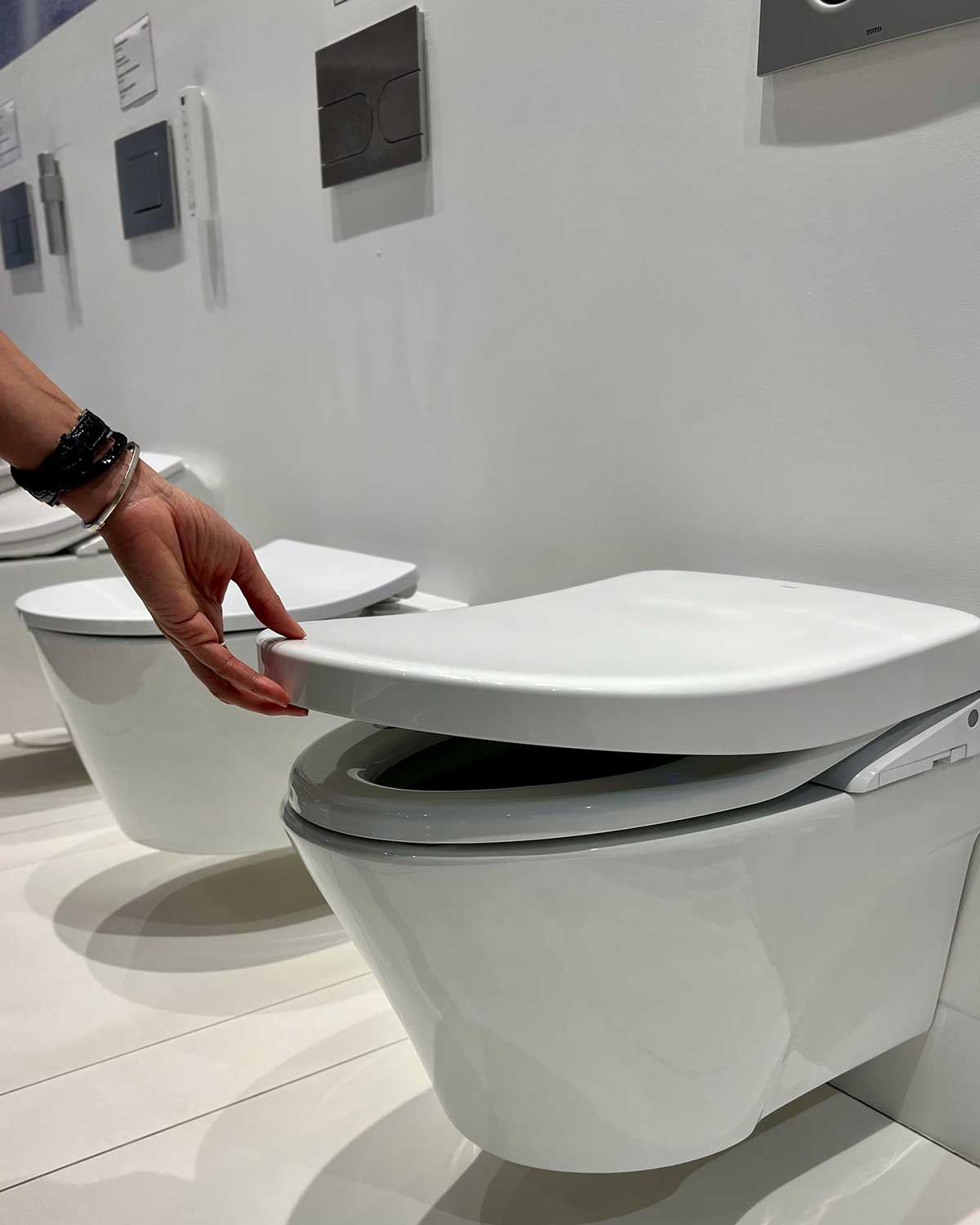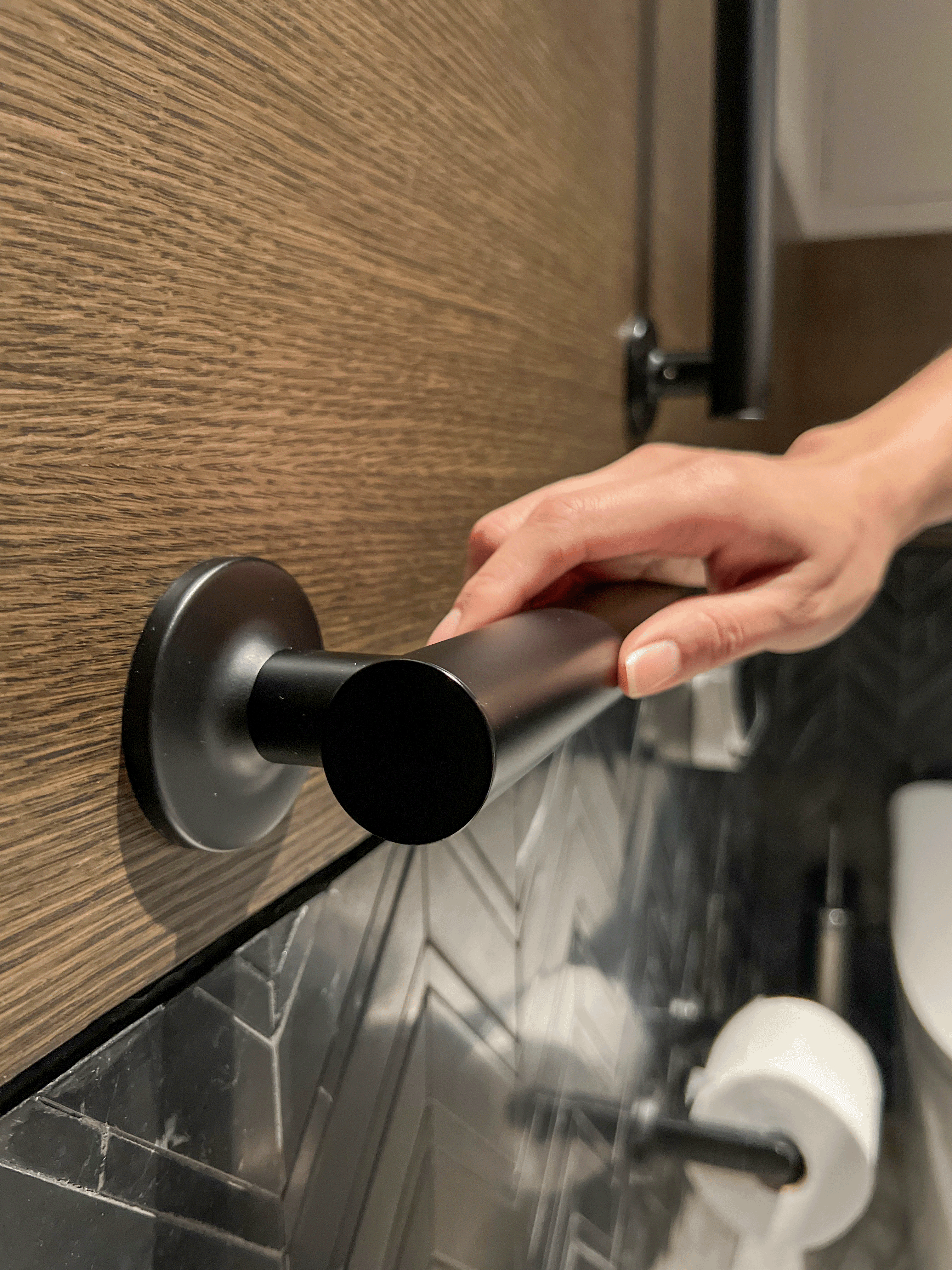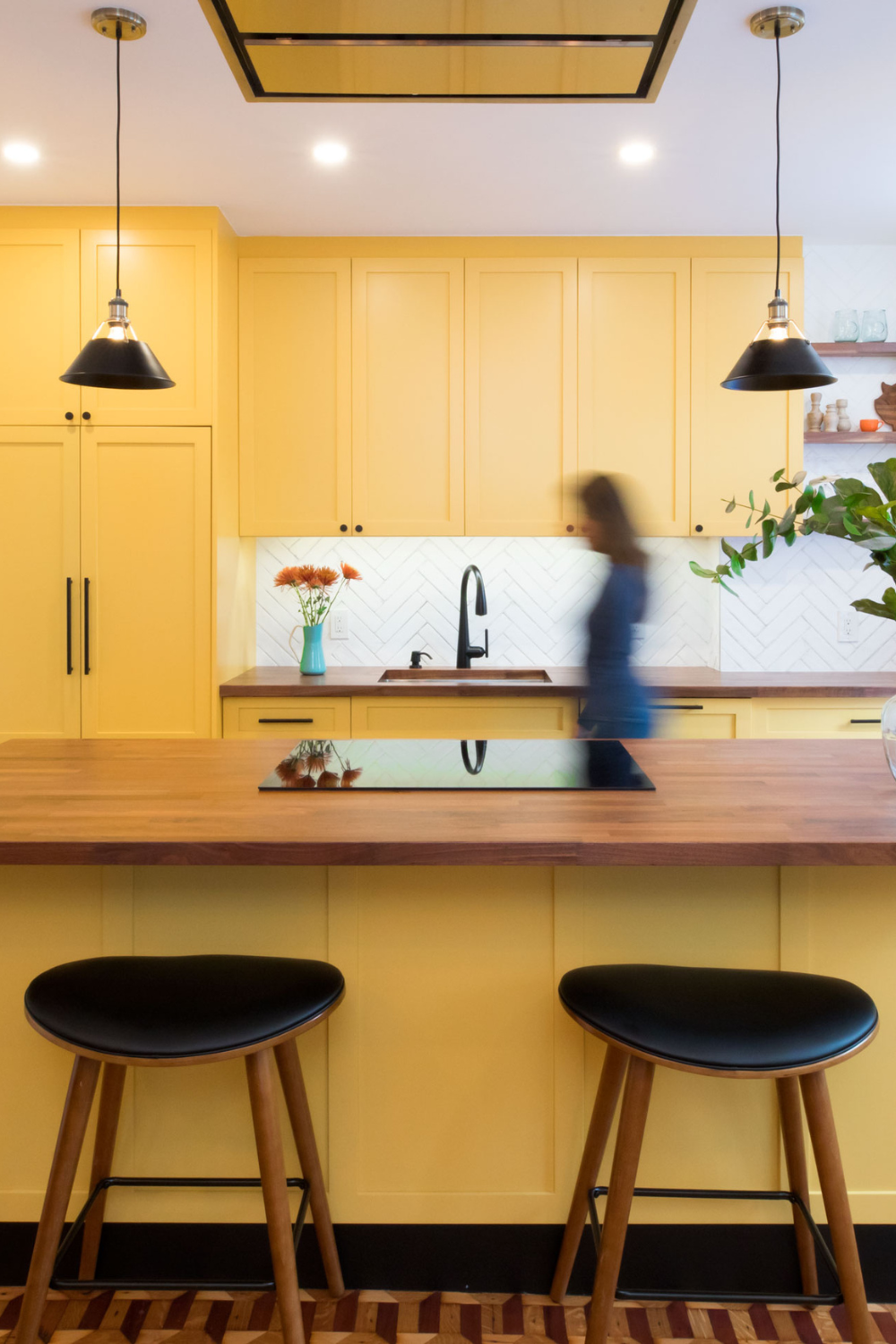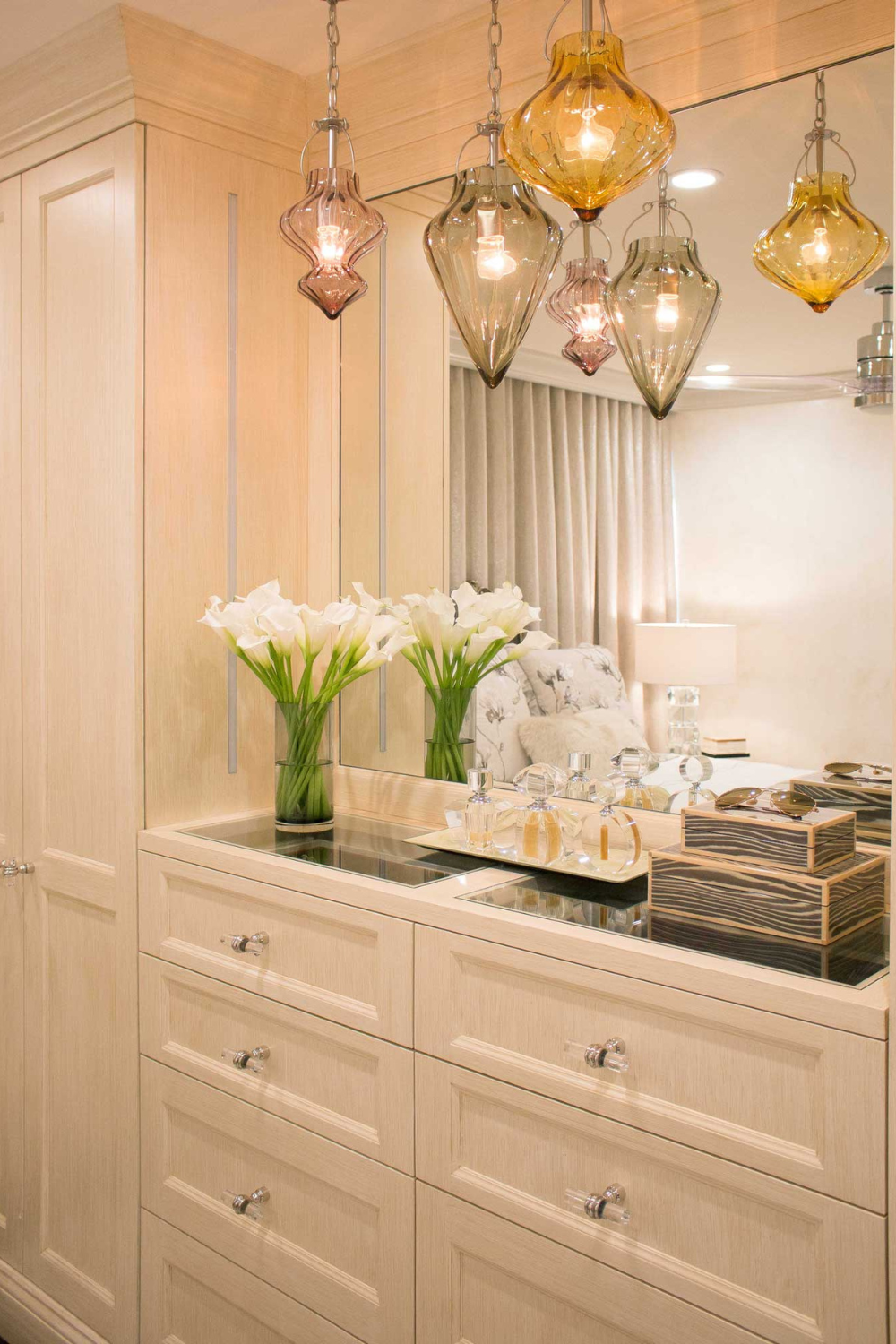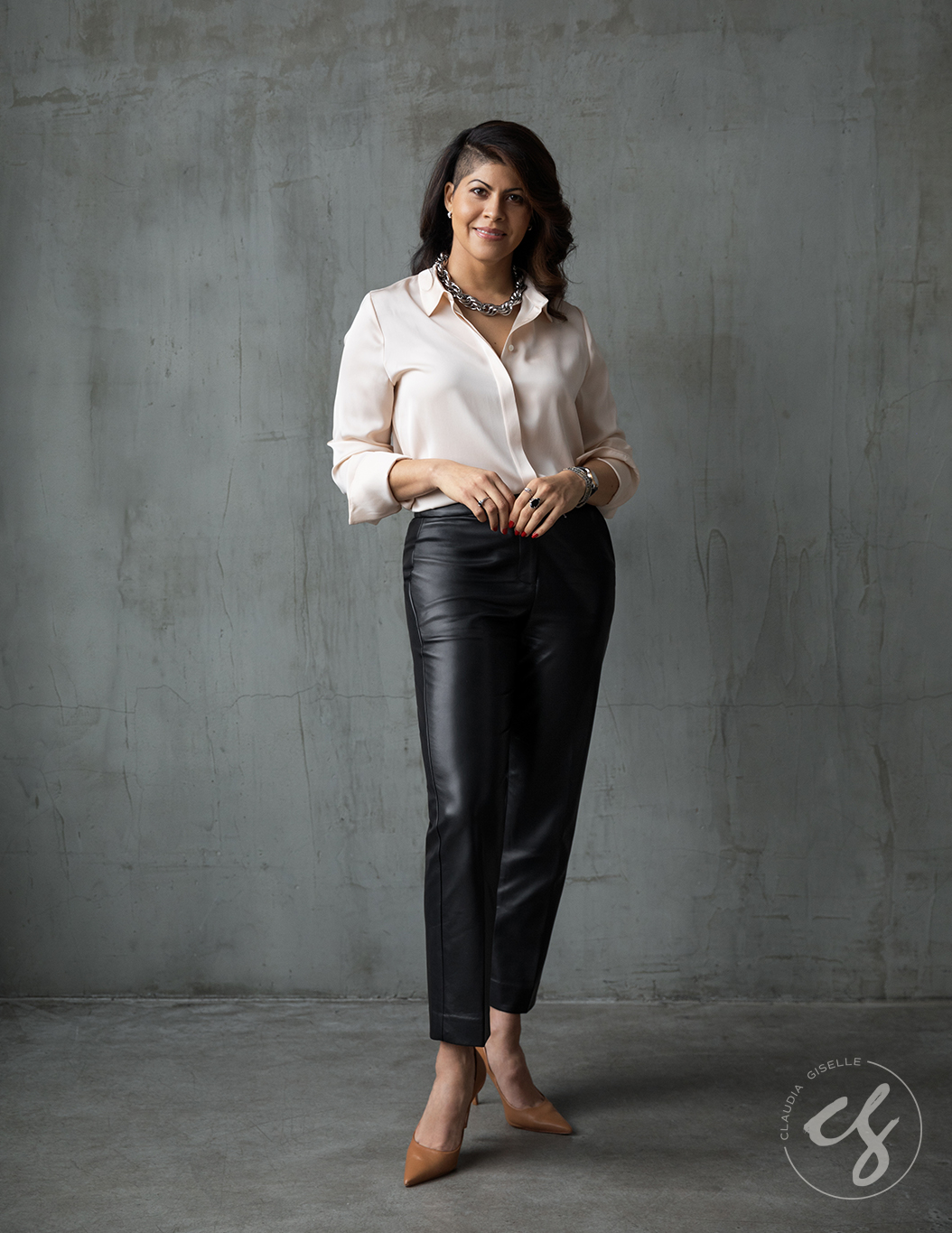If you are searching for home office interior design ideas, consider looking beyond aesthetics. A well-designed home office is essential whether you work from home full-time, part-time, or just occasionally. Investing in a home office that combines focus, utility, and an inspiring atmosphere can significantly enhance your work experience. With the rise of remote work due to the pandemic, the home office has become a key element in interior design.
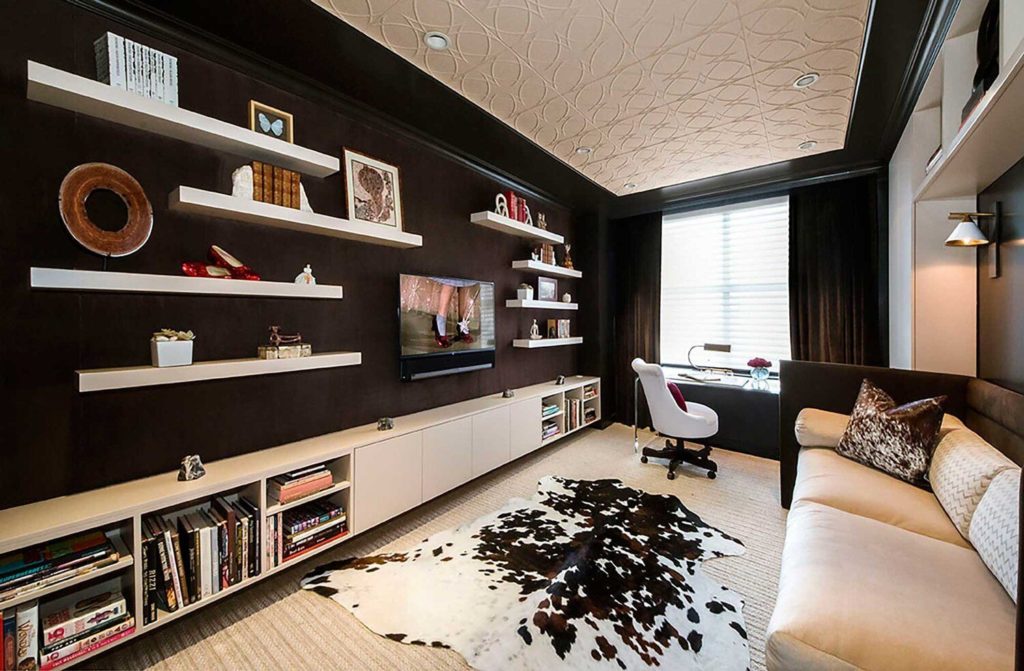
When planning a workspace for maximum effectiveness, it’s easy to focus on functionality and sideline aesthetics. However, an office is not so different from any other room from a design perspective. It should strike a balance between form and function, whether it’s a kitchen, a game room, or a workspace. As you consider your home office needs, keep the dream of a visually appealing space front and center. The functionality of this room doesn’t have to limit its beauty, and you shouldn’t have to compromise on either.
Function and desire merge
What are your needs? It makes intuitive sense to start with functionality and build from there. But as you ask yourself this question, get beneath the surface a bit. What inspires and invigorates you? No matter how much convenience and utility your office provides, if you don’t feel great in the space, then it isn’t serving you totally. It’s not just about the desk and the technology and the great backdrop for Zoom calls. It’s about a unified whole that is greater than the sum of its parts, a concept known as gestalt. This can mean the difference between just showing up to work and actually looking forward to it.

Take some time to immerse yourself in the aesthetic aspects of your office. This doesn’t just involve choosing the right colors and textures (although it’s that too!) This is about creating something that supports you as a person. That involves identifying issues. Do you feel confined after a few hours? Maybe you need an option to stand at your desk part time. Are you so focused that you forget to eat? Maybe you need a small fridge in arm’s reach so you don’t wind up hangry by the end of the day. Do you get headaches from eye strain? Perhaps your workstation should look out a window to allow periodic breaks from your screen (it’s amazing what letting your eyes focus on longer distances once in a while can do).
Needs versus wants
As you can see, the line between a want and a need can be hard to qualify. I think any of these examples could be classified as a need. And solving these issues will definitely help you over the work day. This list is meant to address you, the person, not just you, the professional.
This process should begin by simply identifying for yourself what has been working, what hasn’t been working, and what is missing. No need to be completely practical here. Your list could include your feelings about atmosphere, light, sound, food, exercise or meditation breaks – whatever comes to mind when you picture your perfect office. From there you can begin to envision design solutions.
RELATED POSTS
As an Amazon Associate, this site may contains affiliate links and I can earn from qualifying purchases at no cost to you. View disclosure for more information.
I'm Claudia. Welcome to my Interior Design blog! I'm thrilled to share my expertise and passion with you. With over 20 years in the industry, I'm a Certified Interior Designer, holding an NCIDQ Certification, and an educator. Interior Design isn't just my career—it's my passion. Dive in to explore more about me. Click here to learn more!
Hi Friend!
Stay inspired—join our design community by subscribing to the blog today.
subscribe now
Other Posts You Might Like
©2025 Claudia Giselle Design | Interior Designer | Brooklyn, New York
Legal
BACK TO TOP
Testimonials
718-255-5949
Press
office@claudiagiselle.com
MENU
We create thoughtful, personalized interiors for those who value quality and beauty in every detail — serving NYC, Manhattan, Brooklyn, Long Island, the Hamptons, and the Hudson Valley (including Westchester and Dutchess County) & Beyond.
Timeless Classicism with a
Bold Touch of Elegance
Home
Services
Process
About
Blog
Portfolio
Scheudule a Consultation
GET IN TOUCH
Contact
